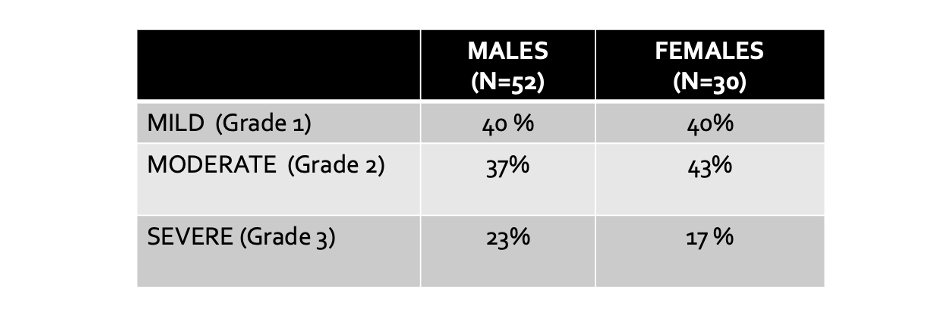Did minoxidil (Rogaine) stop working?
Minoxidil for androgenetic hair loss
Consider the following scenario. An individual has been using minoxidil for one year and feels that it was working but not it seems it's not. What's happening? Did it stop working? Is something else going on?
Mininoxidil losing effect: What are the possible reasons?
There are several reasons for such a phenomenon. All in all, a hair loss expert can help sort this out.
POSSIBILITY ONE
Rogaine helped but the genetic hair loss simply is progressing faster than Rogaine can stop. Genetic hair loss for example does not move at a constant speed. Let's say for the sake of argument that I am "strong enough" to stop a small car from progressing forward down the street if it is moving at 1 mile per hour. However, if that same car moves at 30 miles per hour I can't stop it at all. Rogaine use for hair loss is like that - it might be able to stop hair loss for some individuals if the rate of progression is slow. But if new genes start being expressed a year or two later that accelerate the hair loss further - one might suddenly feel the Rigaine has stopped working. In such cases, it may not be that the Rogaine has stopped working rather the genetic hair loss has started progressing faster. A hair loss expert can help sort this out.
POSSIBILITY TWO
The patient has genetic hair loss and Rogaine is helping but that patient now has another condition. For example, if a patient has genetic hair loss but now lost 50 pounds over 5 months or developed a thyroid abnormality, it may "appear" that Rogaine stopped working whrn in actual fact they simply developed another reason for hair loss. A hair loss expert can help sort this out.
POSSIBILITY THREE
The patient doesn't even have genetic hair loss and it was simply a coincidence that they got an improvement on minoxidil (Rogaine). For example, let's say a patient has hair loss from certain deficiencies like low iron. Correct the iron and hair improves. If the iron levels drop hair worsens. Now add use of Rogaine to this scenario, it might just be a coincidence the hair improves. A hair loss expert can help sort this out.
POSSIBILITY FOUR
Rogaine stopped working. Rogaine does not help everyone, and it's possible that it no benefits for some people. A hair loss expert can help sort this out.
POSSIBILITY FIVE
The brand of minoxidil was switched and is now made up at the pharmacy. This rarely has an effect but needs to be considered. The preparation of minoxidil is tricky and while most companies know how to make up minoxidil, it's not as easy as it sounds. A pharmacist who compounds minoxidil and does not have experience in the proper preparation could theoretically make an inferior batch. A hair loss expert can help sort this out.
This article was written by Dr. Jeff Donovan, a Canadian and US board certified dermatologist specializing exclusively in hair loss.








